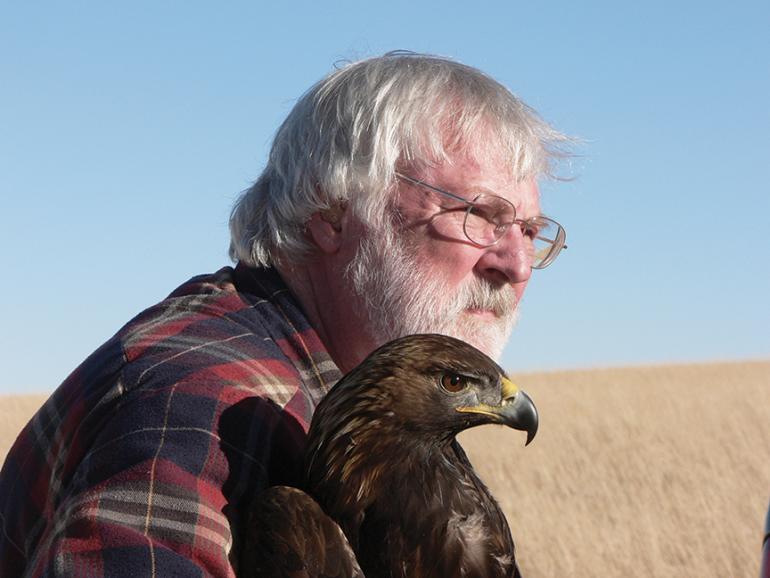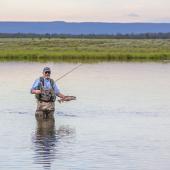Bird Man
Renowned wildlife biologist Al Harmata.
Born and raised in New Jersey, Al Harmata was “just a lower-middle-class kid.” He had no idea wildlife biology was a profession, so, although he always appreciated wildlife, he went to college for forestry instead. In 1964, however, he was thrown out for being “generally obnoxious” and got a job in construction—an inauspicious start for someone who would become one of the most respected biologists in his field.
Two years into roofing houses, Al was drafted into the Army, where he served as an Air Cavalry sergeant in Vietnam. While he was there, his mother sent him a copy of Rachel Carson’s Silent Spring—the landmark book that documented the effects of indiscriminate pesticide usage on crops, and its negative impact on the environment, especially birds. It was an unusual book to read while fighting a war, but one that inspired Al to pursue a career in conservation. “It really pissed me off, even though I was getting shot at and living in the dirt,” he recalls. Getting shot at and living in the dirt cost Al his left arm and leg when he was hit by a rocket-propelled grenade 11 months into his tour. His wounds were so severe that a priest came to read his last rites—but despite the grim outlook, Al survived, and after eight months in hospitals, he was released. “I just needed to get out of there,” he says. Finally, he was able to pursue his dream.
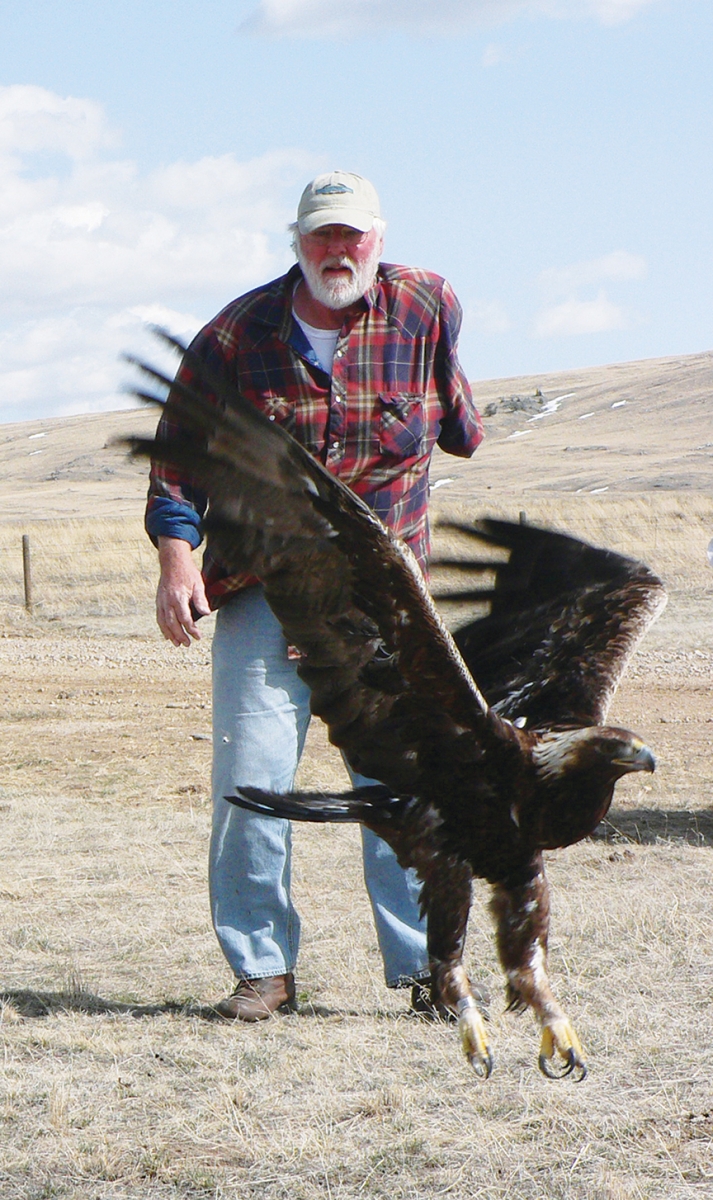
Al earned a B.S. in biology from the University of Illinois in 1972. His career became considerably more focused when he watched the U.S. Senate hearings investigating the killing of hundreds of eagles in the Southwest because of perceived livestock depredation issues. While Al understood the stockmen’s position, he fumed at seeing so many eagles exterminated. It was then that he dedicated himself to birds of prey. He earned a master’s from Colorado State, researching golden eagles before focusing on bald eagles, an endangered species at the time.
The first wild bald eagles Al handled were in the San Luis Valley in southern Colorado during the mid-1970s. At the time, no one knew where they came from, but Al and his colleague were eager to find out. They planned to track the eagle’s movements with the aid of wing tags and tail-mounted radio transmitters. First, they needed to catch them.
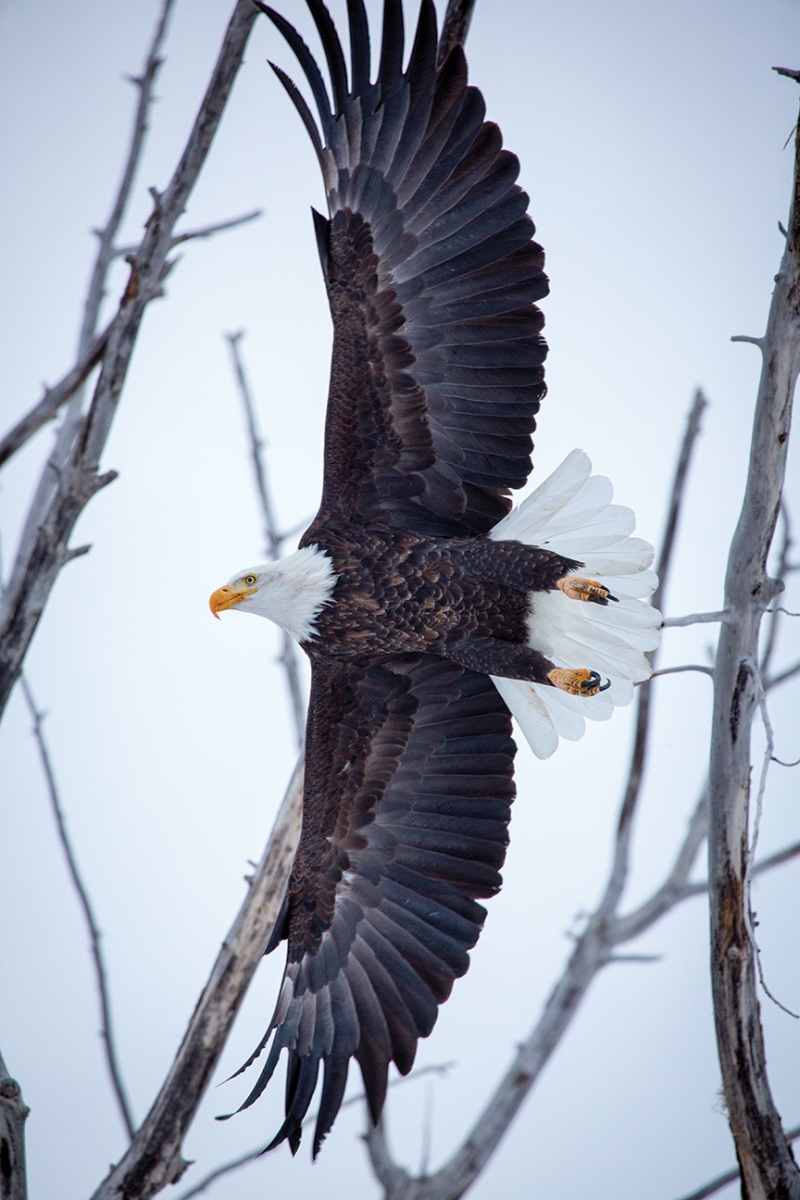
To trap eagles you have to be smarter than they are, which isn’t hard since they aren’t too smart, says Al, just extremely wary. So while they managed to capture a few eagles using traditional methods, Al wondered if using a tethered live eagle might increase their chances. The tethered bird would encourage wild eagles to approach the trap. It worked, and Al has used lure-birds for capturing wild eagles ever since.
For two years, from the cab of a pickup, Al tracked the San Luis eagles to their breeding grounds in northern Saskatchewan and Manitoba. It was the first time an eagle had been tracked from one seasonal range to another, research that eventually earned Al a Ph.D. from Montana State, where he now serves as an affiliate professor. The lure-eagles Al used were from rehabilitation centers, and because of their injuries couldn’t be released. He’s trapped roughly 2,000 bald and golden eagles over the last 40 years using this method.
When Al began his work 40 years ago, bald eagles were rare, having suffered the devastating effects of DDT—the pesticide Carson wrote about in Silent Spring. Carson’s book began a conversation that increased environmental awareness and eventually led to the banning of DDT in 1972. Thirty-five years later, the bald eagle was removed from the endangered species list. Today, they are a common sight along many of Montana’s rivers.
Although banned decades ago, DDT persists in the environment. As recently as 2008, Al found DDE, a metabolite of DDT, in nestling bald eagles in eastern Montana. Al and his colleagues have also found other toxins in Montana’s bald eagles, like lead, mercury, and selenium. In some eagles, lead and mercury levels were toxic, the lead probably from fragmented ammunition left in gut piles and the mercury from mining operations. “Lead is bad shit and shouldn’t be out there,” says Al emphatically.
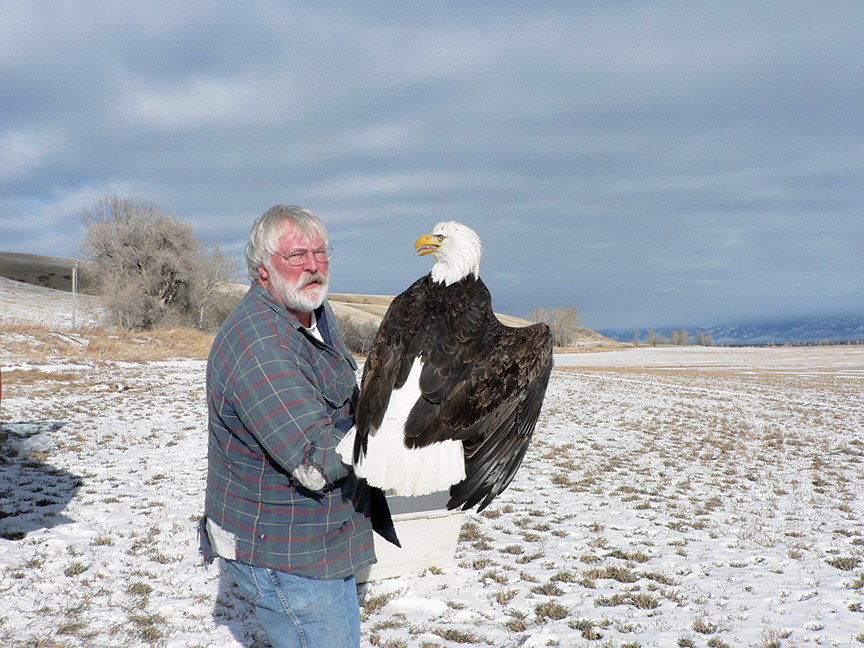
Montana’s golden eagles are also rife with toxins, but a more insidious risk, development, including wind energy, may be taking its toll on this secretive raptor. The U.S. Fish and Wildlife Service is partially funding a multi-state study of golden-eagle reproduction and survival rates across the West, a project Al is currently working on.“There are just too many damn people,” says Al.
At 69 years old, Al has forgotten more about eagles than you could ever learn. He credits friends, family, and coworkers for his accomplishments, and never looks for recognition. He’d rather others just do their part for wildlife and the environment.


